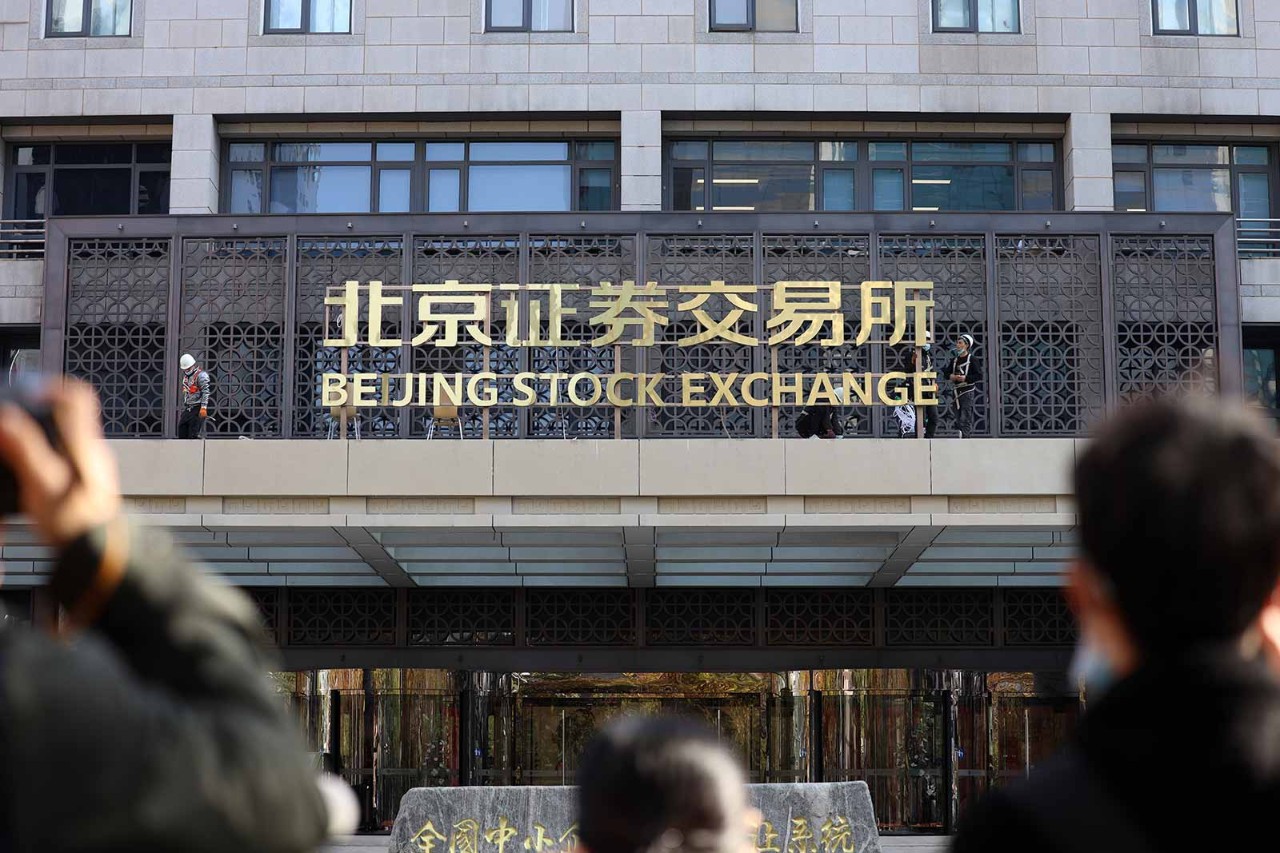
After decades of growth, proliferating tariffs and other trade restrictions have caused the share of global trade in total world economic output to edge down. Since East Asia’s exporting nations were major beneficiaries of globalisation, this trend is a concern.
However, the region is now working hard at preserving the momentum of free trade through new agreements, and there is hope that the synergies associated with expansion can still help to fuel the region’s economic development.
Real challenge
Agencies such as the World Trade Organisation that monitor trends in world trade agree that new restrictive trade measures in the past decade have vastly outpaced the number of trade facilitating measures. After a small improvement in 2020, the trend worsened again in 2021.
Trade disputes between the US and mainland China were a big part of this trend but other forces are also at play. Rising inequality in large parts of the world economy has fuelled disillusionment over how the benefits of trade have been distributed. The resulting populist backlash has encouraged governments to impose more trade restrictions.
Some countries seem to have concluded that trade liberalisation has not brought the gains they had expected and have turned their backs on large-scale trade agreements.
More recently, the supply chain dislocations caused by the Covid-19 pandemic have made policymakers and business leaders more conscious of the need for resilience; this could lead to measures to promote domestic production of vital items such as pharmaceuticals and medical equipment. Geopolitical tensions have compounded this, as more governments seek to increase domestic manufacturing of strategic component such as semiconductors.
Countervailing forces
The Regional Comprehensive Economic Partnership (RCEP) agreement came into effect last month. RCEP brings China, Japan, South Korea, Australia and New Zealand together with the 10 members of the Association of Southeast Asian Nations (ASEAN) to create the world’s largest free trade area, covering around 30% of the world economy. That dwarfs other free trade areas such as the European Union (around 18% of world output) and the North American Free Trade Agreement (28%).
Over the next few years, 90% of tariffs in the area will be eliminated, and market access will be greatly eased with the streamlining of trade facilitation measures. As a result, intraregional trade will expand by around US$42bn, according to the United Nations Conference on Trade and Development.

Supply chain dislocations have made policymakers more conscious of the need for resilience
Although smaller in scale, the Comprehensive and Progressive Agreement for Trans-Pacific Partnership (CPTPP) holds even greater promise because it is seen as a ’21st-century’ agreement that addresses issues beyond tariffs, including government procurement, the treatment of state enterprises and intellectual property rights protection.
Digital direction
The CPTPP will boost not just trade in goods but trade in services as well. Moreover, it incorporates a facilitative framework for the digital economy. As a result, the Peterson Institute for International Economics estimates that by 2030, the CPTPP will create worldwide income gains of US$147bn a year.
These considerable gains have now encouraged more countries to apply to join the CPTPP. China, Taiwan and the UK have formally submitted applications, while South Korea, Thailand and Ecuador are reported to be preparing applications as well. Currently, encompassing around 13% of the world economy, the CPTPP share could grow into well above a third of global output if all these countries succeed in joining. The synergies generated would be considerable. Not only will new trade opportunities be created but the member countries are more likely to enjoy inflows of foreign direct investment as well – all of which will promote faster economic growth.
More recently, Singapore has been negotiating digital economic partnership agreements (DEPAs) to promote crossborder e-commerce and other forms of digital trade. The first major agreement was between Chile, New Zealand and Singapore but its success has led to many more being signed.
Mitigating concerns
Political tensions and supply chain concerns are likely to continue dampening the expansion of world trade in coming years. It is fortunate, therefore, that countervailing forces are in play that allow meaningful responses such as the RCEP, CPTPP and DEPAs that can help preserve some degree of momentum in world trade.
The winners will be economies in East Asia, such as Singapore, that take the lead in creating these agreements.





